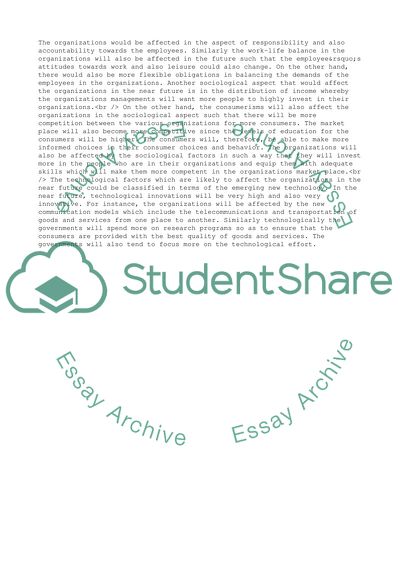Cite this document
(Two Environmental Factors Those Are Likely to Affect Organizations in Coursework - 10, n.d.)
Two Environmental Factors Those Are Likely to Affect Organizations in Coursework - 10. Retrieved from https://studentshare.org/management/1543855-human-resource-management
Two Environmental Factors Those Are Likely to Affect Organizations in Coursework - 10. Retrieved from https://studentshare.org/management/1543855-human-resource-management
(Two Environmental Factors Those Are Likely to Affect Organizations in Coursework - 10)
Two Environmental Factors Those Are Likely to Affect Organizations in Coursework - 10. https://studentshare.org/management/1543855-human-resource-management.
Two Environmental Factors Those Are Likely to Affect Organizations in Coursework - 10. https://studentshare.org/management/1543855-human-resource-management.
“Two Environmental Factors Those Are Likely to Affect Organizations in Coursework - 10”. https://studentshare.org/management/1543855-human-resource-management.


